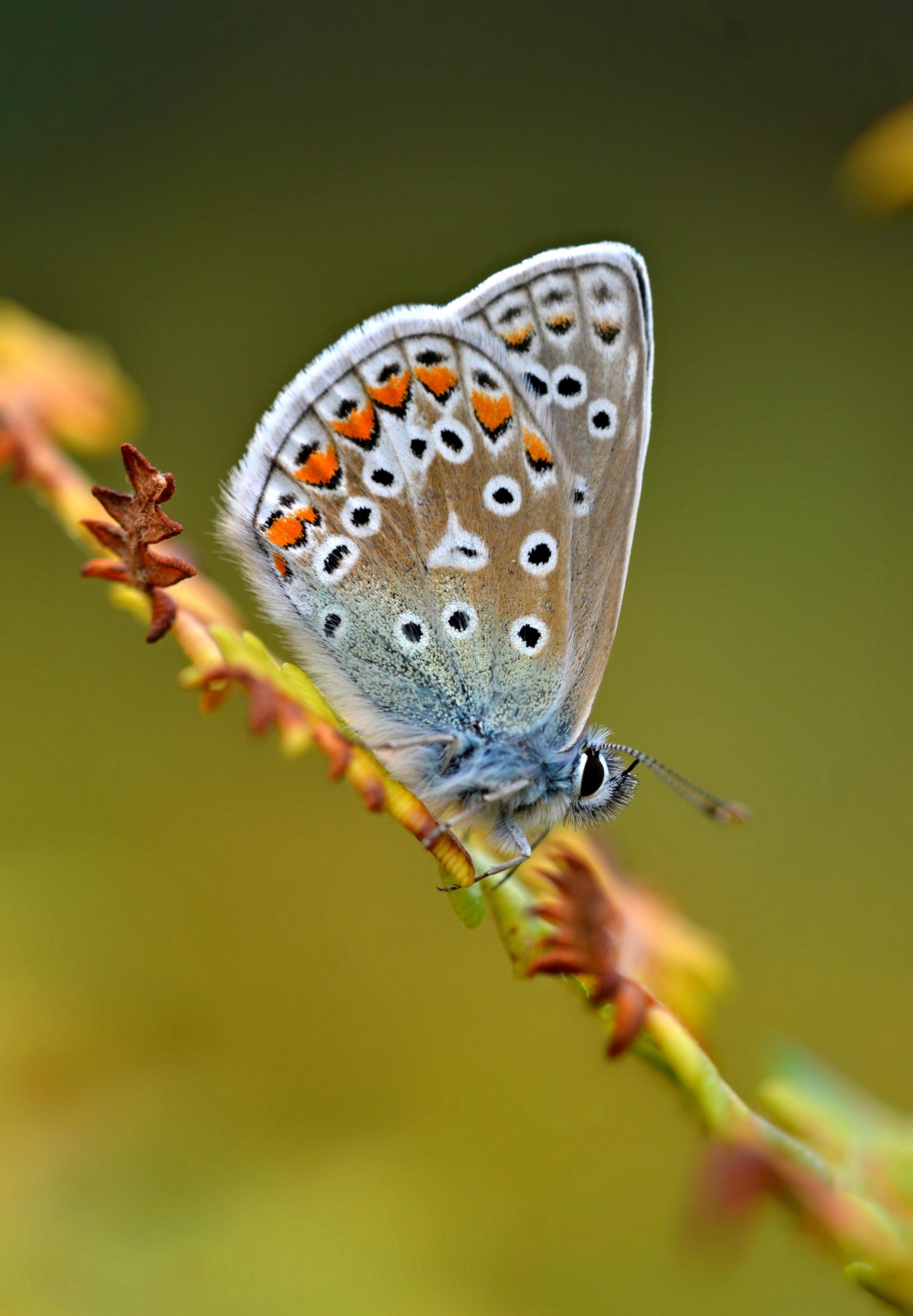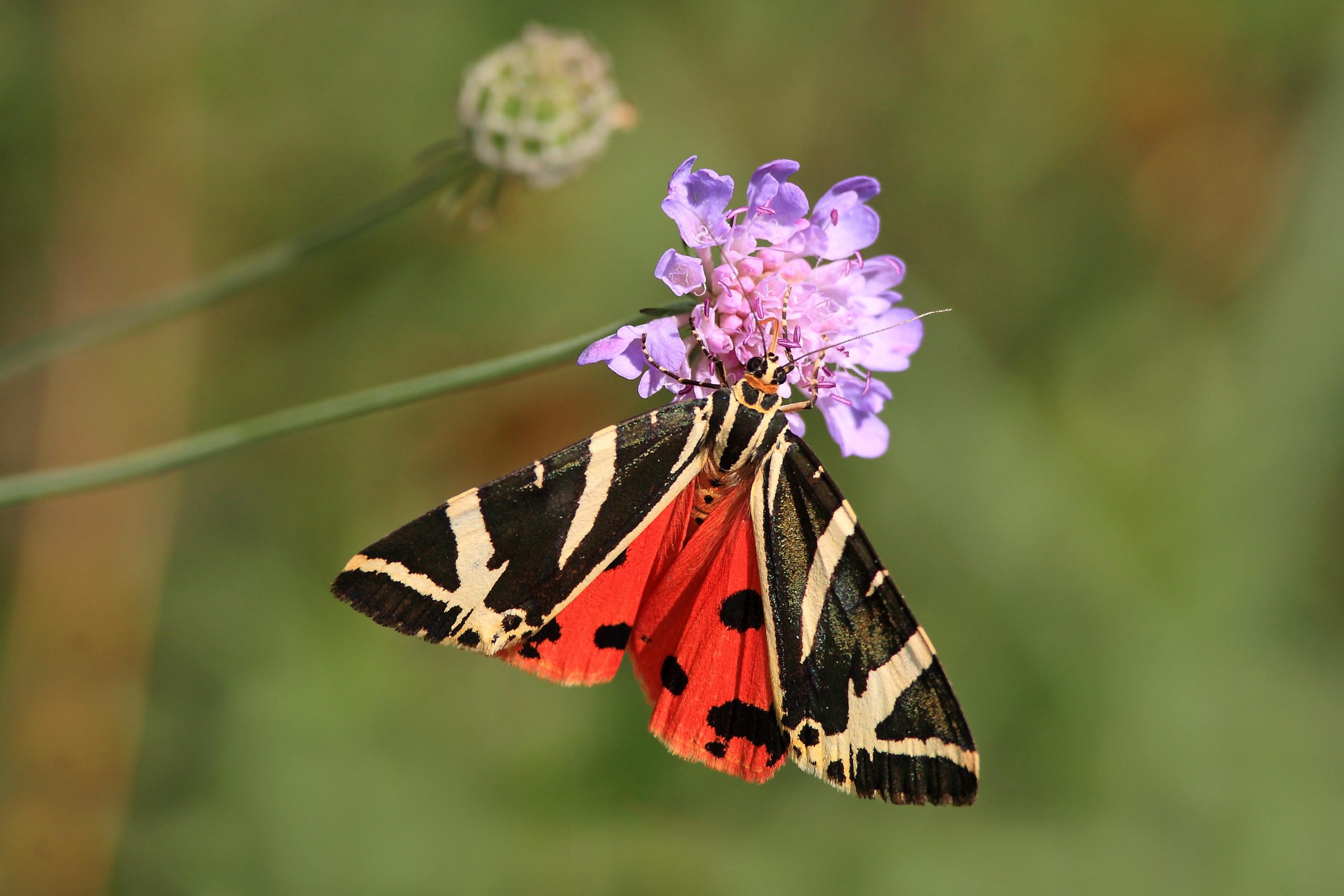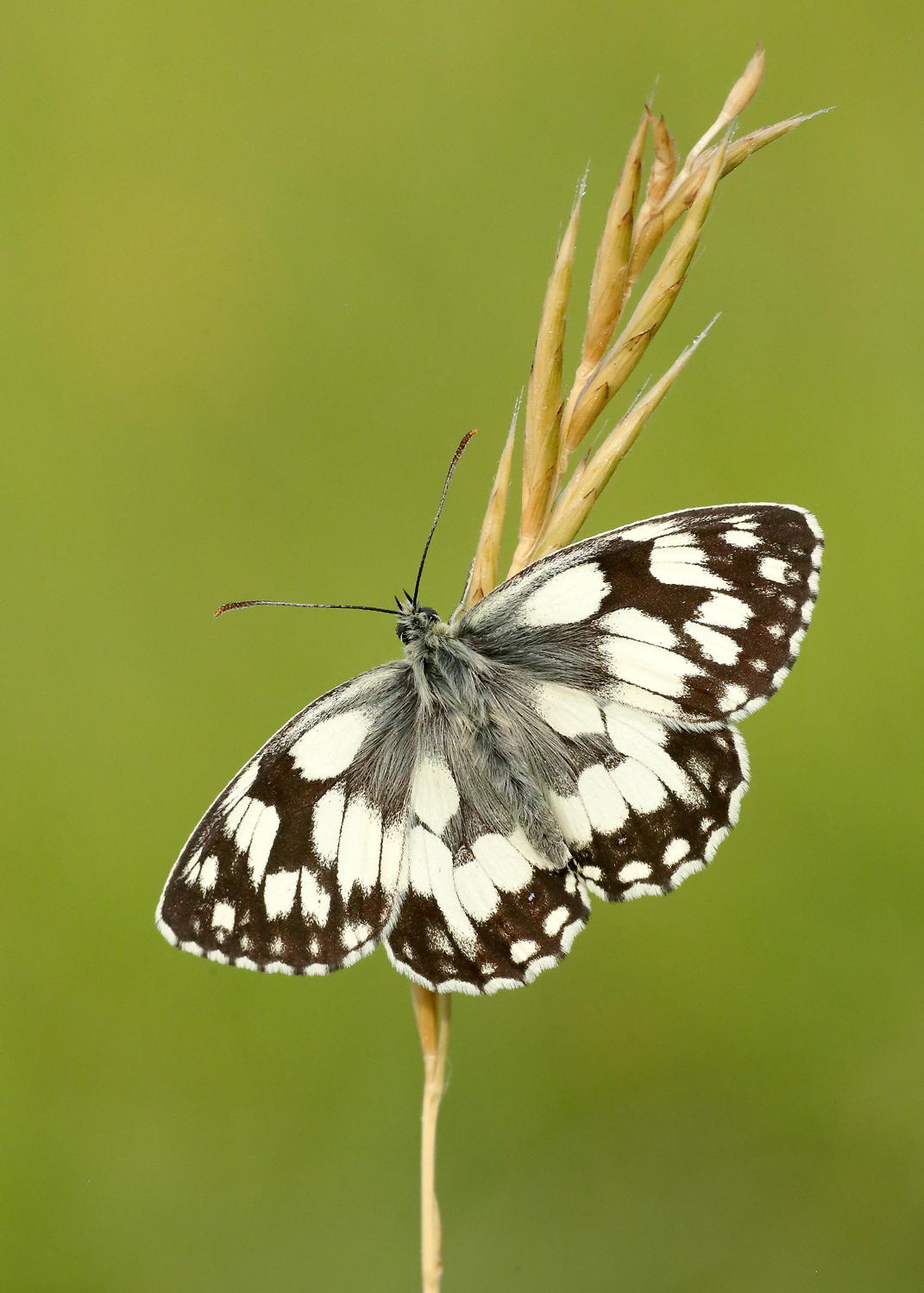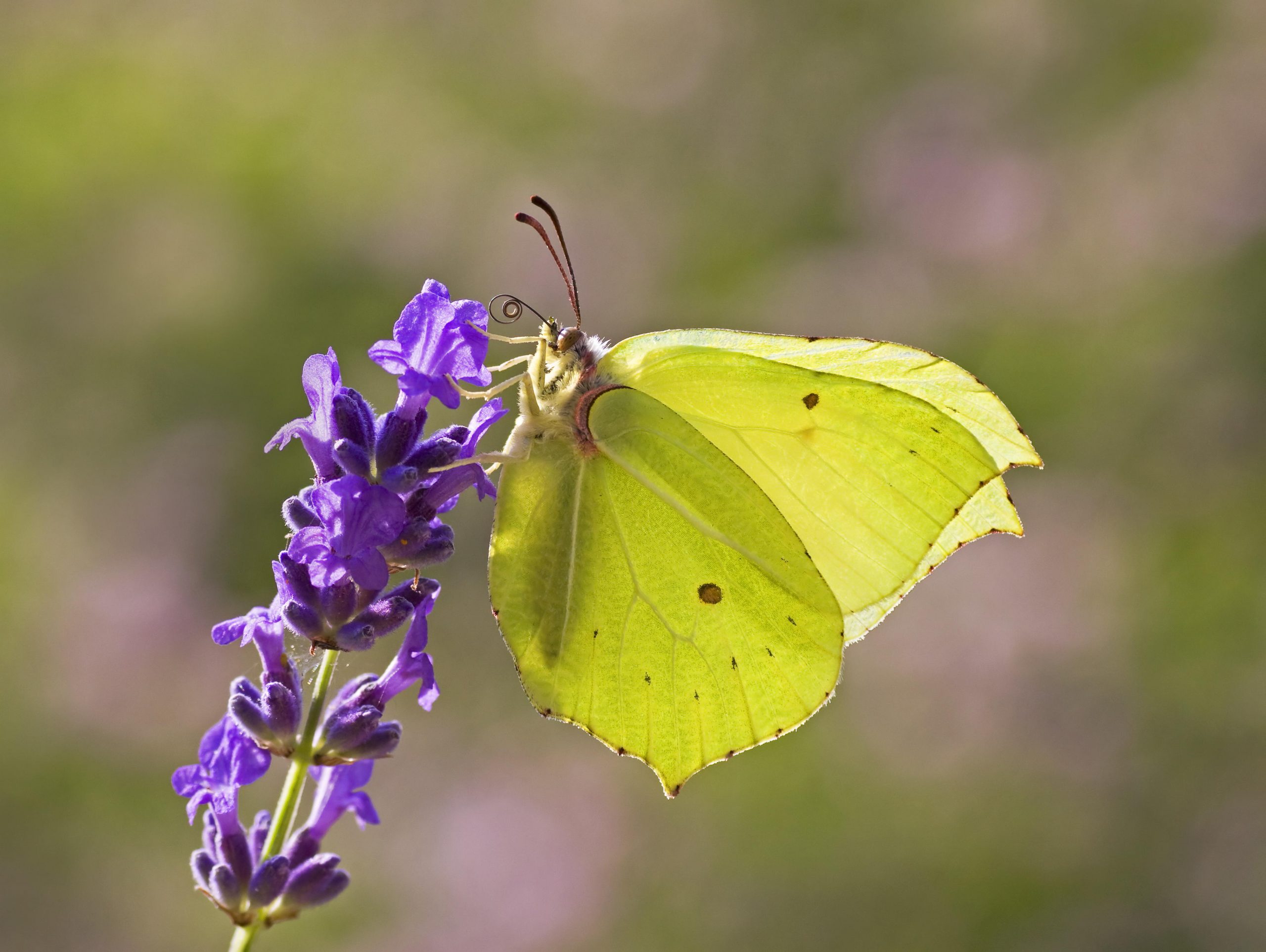The 2023 Big Butterfly Count is almost here — and it'll be the most important for a generation
The Big Butterfly Count always gives a vital snapshot of Nature in Britain, but this year more than ever thanks to the extremes of hot, cold and wet we've been through in the past year. James Fisher explains more.


A few precious moments spent watching a stunning red admiral or peacock butterfly feeding among the flowers in my garden never fails to bring me great pleasure,’ said Sir David Attenborough, ahead of this year’s Big Butterfly Count. The annual survey of Britain's butterflies, which takes place from now until August 6, will once again call on participants to spend 15 minutes in an outdoor space during sunny conditions and count the types and number of butterflies they see.
However, this year’s count is particularly important, says organiser Butterfly Conservation (BC). Last year saw record high temperatures, heatwaves and drought, causing many of the plants that caterpillars feed on to wither and die, so scientists are keen to discover the ongoing impact of extreme weather. Butterflies are indicators of a healthy natural environment, says BC, and it’s never been more important to understand how our insects are responding to the changing climate.

‘This is a vital year for the Big Butterfly Count,’ says Zoë Randle, senior survey officer at BC. ‘We know that the previous extreme summer droughts in 1976 and 1995 took a heavy toll on butterflies and numbers crashed the following years, taking almost a decade to recover. The data collected during this year’s Big Butterfly Count will give us a valuable insight into what the effect of the most recent extreme weather has been and how we might be able to better protect our beautiful butterflies.’
The Big Butterfly Count is the ‘largest citizen-science project of its kind,’ says BC, which adds that, as well as contributing to important scientific data collection, taking part in the count is a ‘great way to enjoy time outdoors, connect with Nature and have fun’. Last year, some 100,000 counts took place up and down the country, with participants spending a combined 2½ years counting butterflies in their gardens, local parks and in the countryside, according to BC.

‘We know that 80% of butterflies in the UK have declined since the 1970s,’ Dr Randle continues, ‘which means there are fewer butterflies to be seen than in years gone by. However, even if you don’t spot any butterflies during your count, we still want you to tell us! We need to know where there aren’t any butterflies just as much as where there are, so please still log your result and then pick another day or location and try again. There are no limits on how many times you can take part.’
For more information and to find out how to participate, visit www.bigbutterflycount.org

Exquisite houses, the beauty of Nature, and how to get the most from your life, straight to your inbox.

James Fisher is the Digital Commissioning Editor of Country Life. He writes about motoring, travel and things that upset him. He lives in London. He wants to publish good stories, so you should email him.
-
 The eclectic New York townhouse that Lily Allen sings about in her new, headline-making album is for sale
The eclectic New York townhouse that Lily Allen sings about in her new, headline-making album is for sale381, Union Street is on the market just days after the singer’s latest album details the alleged infidelity in her marriage.
-
 When did the Titanic sink and other questions. It's the Country Life Quiz of the Day, October 29, 2025
When did the Titanic sink and other questions. It's the Country Life Quiz of the Day, October 29, 2025Test your general knowledge in Wednesday's quiz.